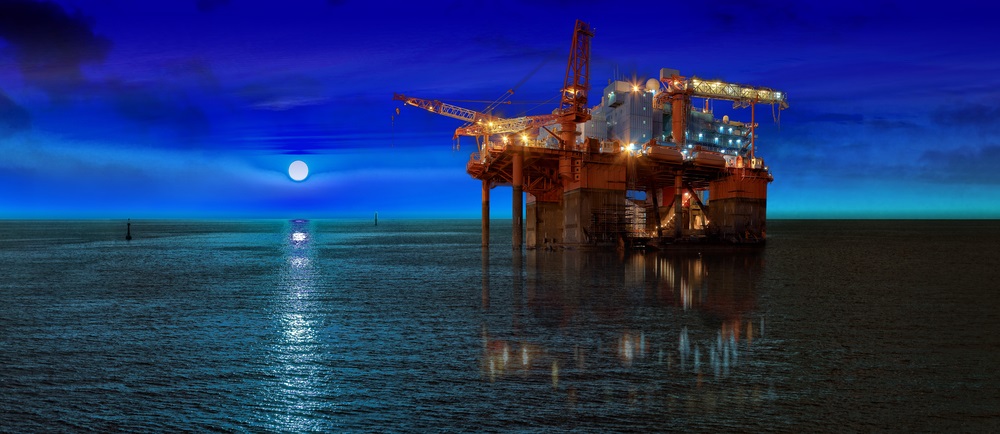Don’t look now, but the seeds are being sown for an offshore oil revival…
The game plan? Basically, it steals a page from the playbook used by onshore explorers and drillers of oil in places such as Texas’ Permian Basin.
“We want to beat the Permian” was the way a Royal Dutch Shell deepwater-oil executive put it to Reuters a month ago.
In essence, the idea is to automate as much as possible and cut out as much human labor as possible.
According to the article, Shell was able to use methods like these to cut its staffing needs by a third, chop its well costs in half and reduce its logistical expenses — the need to ferry people, parts and supplies to the offshore rigs — by 75%.
The result? The cuts, said the executive, are making “developments in areas such as the Gulf of Mexico and Nigeria profitable at oil prices below $40 a barrel, on par with the most profitable shale wells.”
“Standardized” Oil Drilling
Another idea quickly gaining steam in the offshore arena goes under the catchall name of “standardization.”
For decades, the construction of offshore rigs proceeded much like a NASA-run space program, in which everything is custom designed and built. When you were operating miles from shore on a steel drilling platform in the middle of the open sea, you wanted the very best money could buy.
But “off the shelf” parts and equipment are much cheaper, obviously. Recently, the head of the International Marine Contractors Association (which represents a range of offshore oil service industries) said oil companies could cut a third of their offshore development costs just by switching to “standardized specifications” on their gear.
Oil companies are listening. A consortium of 10 major companies set up a working group last year to start developing design protocols for their electrical and piping systems so that all their future offshore platforms share the same interchangeable parts and equipment.
Robots, Not Roughnecks
The industrial Internet of Things is taking off in a big way, and Big Oil is relying on automation and robotics to make the costs of offshore drilling viable again. Take, for instance, the “Iron Roughneck” robot made by National Oilwell Varco. Section by section, the machine assembles lengths of drilling pipe — a job once formerly assigned to a human worker with a box full of tools.
That’s just for starters. The long-term goal of offshore oil companies?
Completely unmanned drilling platforms.
Norway’s Statoil is one of the leaders in this effort. It’s easy to see why, since the country’s North Sea fields are some of the most expensive places on the globe to drill and produce oil. And for lack of a better way to put it, people are a big expense. An offshore rig has to have sizable quarters to take care of its human crew.
Statoil, under pressure to keep Norway’s fields viable despite the decline in global oil prices in recent years, is turning to fully automated offshore platforms. The company already has some experience operating unmanned rigs in shallow water areas, but it’s currently overseeing construction of the first-ever fully unmanned deepwater platform for its Oseberg field in the North Sea.
The project is being closely watched by other oil majors because if Statoil can make it work in the harsh environment of the North Sea, it can likely work almost anywhere.
Kind regards,
Jeff L. Yastine
Editorial Director
